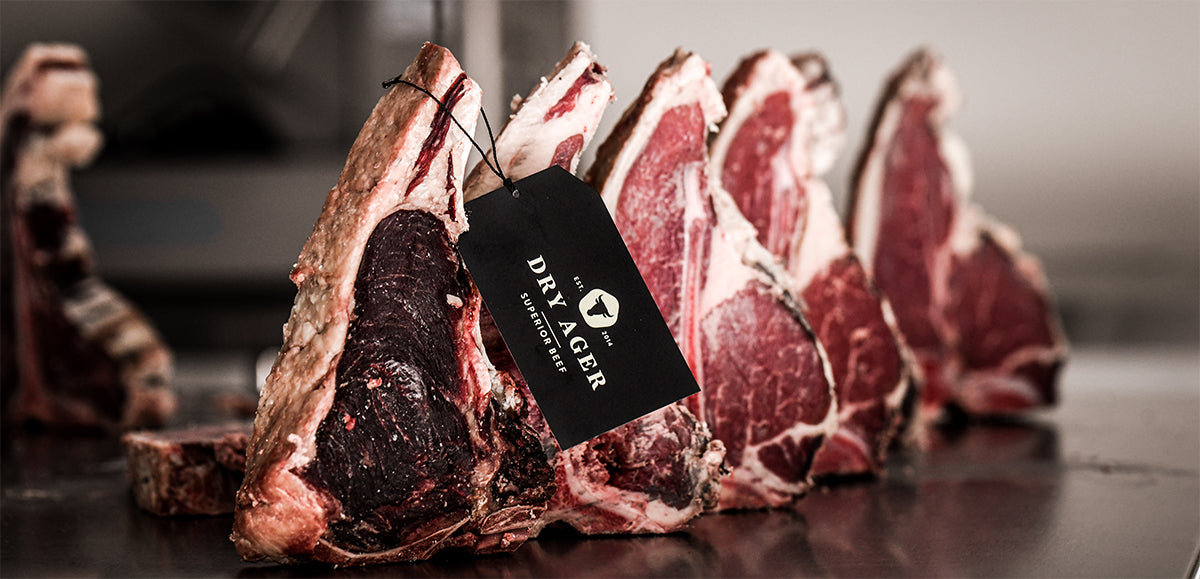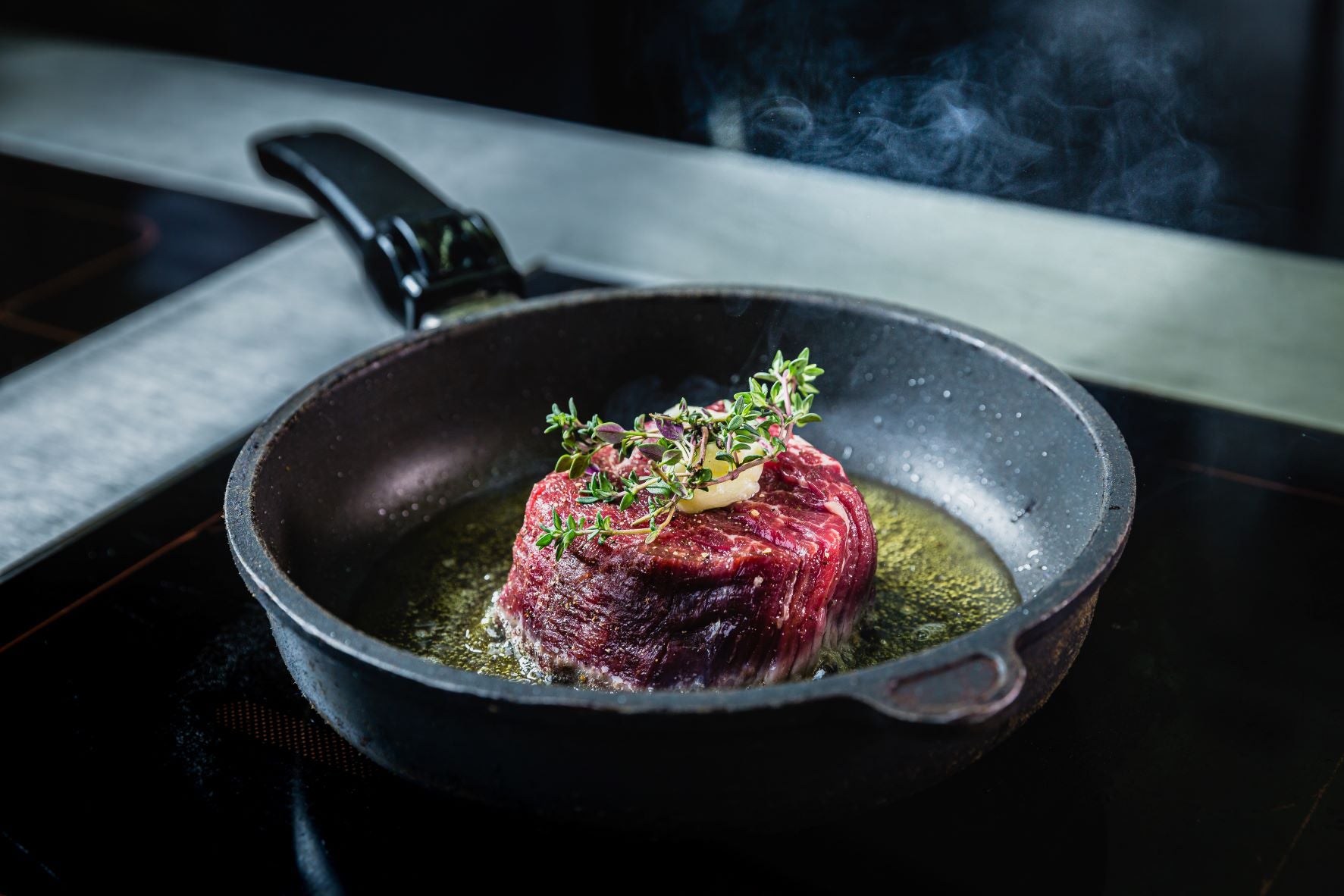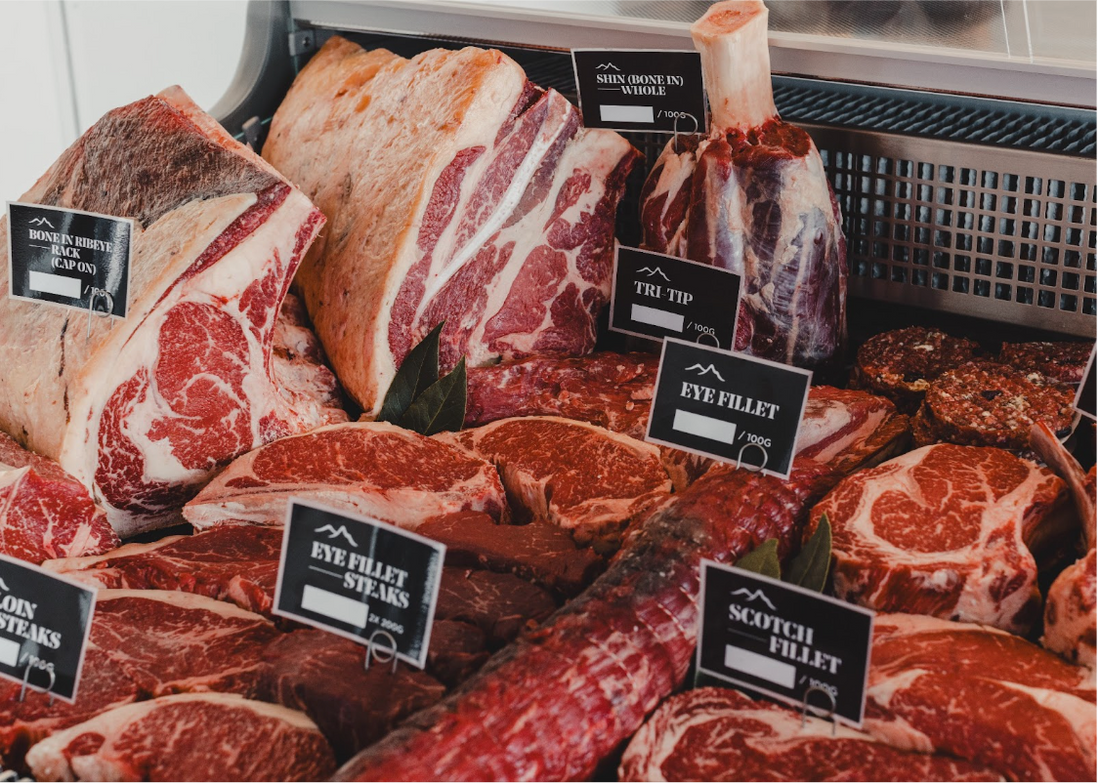We’re all pursuing a healthy, balanced diet, but there’s so much conflicting information out there. Hundreds of different dietary structures compete for attention, from the food pyramid to FODMAP to keto to Whole30. So, today, let’s keep things simple.
Meat – specifically, beef – has been a core component of the human diet since we first learned to farm all those centuries ago. Meat provides a full spectrum of nutrients essential to our overall well-being. In other words, it’s a vital part of a well-balanced diet.
Come along with the Matangi experts as we explore meat nutrition at its most granular level, shedding light on why high-quality beef is an excellent addition to a well-rounded lifestyle.
The Beef Breakdown
First, let’s begin by breaking down the nutritional components of meat. While these are not all the components present in meat, they are the ones that make the biggest difference to human health.
High-quality red meat in moderation is an excellent building block for a nutritional diet, especially when carefully prepared. Let’s have a look at why that is.
The Protein Powerhouse
First thing’s first: protein. Protein plays a fundamental role in growing, repairing, and maintaining tissues. While eating protein is usually associated with encouraging muscle growth, this vital macronutrient’s role extends far beyond a pair of great biceps.
Proteins are what form your enzymes and string together your DNA, and a healthy protein intake ensures your body can produce essential amino acids that keep your organs in tip-top shape. From the brain to the heart, protein plays a vital role.
That’s why eating enough protein every day is so important. While meat isn’t the only source of protein, a palm-sized piece of beef is a fast, easy, and delicious delivery mechanism. It also delivers other crucial nutrients.
Iron and Haemoglobin Formation
Two kinds of iron are found in the food you consume: heme and non-heme iron. Heme iron is crucial for the formation of haemoglobin in our blood. Haemoglobin bonds to oxygen molecules, allowing your red blood cells to carry oxygen around your body. Without enough of that vital haemoglobin, you can become anaemic and iron-deficient, resulting in exhaustion and other long-term health effects.
Eating meat – particularly high-quality red meat – is an excellent source of this kind of iron.
Vitamins on Deck
Rather than taking supplements, it’s best to get your daily vitamin intake from your food when you can. Luckily, red meat is a rich source of many vitamins essential to the function of the human body. These include B12, B6, niacin, and riboflavin, which play vital roles in your metabolism, nerve function, and the production of red blood cells.
Vitamin D is another important one found in certain types of meat. Without it, your bone health and immune system will potentially function at half-mast, resulting in any number of health issues.
Omega-3 Fatty Acids
High-quality red meats are rich in Omega-3 fatty acids, known for their anti-inflammatory properties, vital to brain health, and potentially reducing the risk of cardiovascular diseases. As part of a balanced diet, lean into meat nutrition with cuts like beef and lamb, which are excellent for maintaining long-term heart and brain health.
Zinc for Immune Function
Finally, we have zinc. Zinc is a mineral essential to the proper function of our immune systems, helping with immune cell development and activity.
With low zinc, our bodies wouldn’t be as effective in fighting off infections and illnesses. Therefore, it’s important to maintain optimal zinc levels. Including regular doses of meat in your diet helps to take care of this.
How Dry-Aging Can Make Your Beef More Nutritious
At Matangi, we dry-age our boutique Angus beef to create a richer taste and enhance the natural tenderness of the meat. That said, there is another positive side effect to dry-aging our beef.
Dry-aged meat is essentially a condensed version of the red meat. As the moisture leaves the cut throughout the dry-ageing process, the cut shrinks, packing more meat into a smaller surface area. This also condenses micronutrients like protein, iron, carnosine, and creatine into a smaller surface area, allowing you to consume more per serving.
Most importantly, investing in dry-aged beef ensures the meat is as delicious as possible, making it simple to maintain a healthy amount of meat in your diet.
Source the best grass-fed Angus Beef in the business from Matangi.
We are the only New Zealand beef producers with full control over the curation of our product. From pasture to grill, we ensure all aspects of our beef are perfect every step of the way.
Curious about the Matangi difference? Experience the power of boutique, dry-aged Angus beef and shop our online store today.



-(1)-v1698874891852.webp?1800x1800&options=w_65)
-v1698875542684.webp?1800x1800&options=w_65)
-v1698874761998.webp?1800x1800&options=w_65)

-v1698820861129.webp?1080x1080&options=w_65)

-v1698821538303.webp?1800x1800&options=w_65)
-v1698811480826.webp?1800x1800&options=w_65)
-v1698874595383.webp?1800x1800&options=w_65)
-v1698875626211.webp?1800x1800&options=w_65)
-v1698875873086.webp?1800x1800&options=w_65)



-v1698821398268.webp?1800x1800&options=w_65)
-v1698821470129.webp?1800x1800&options=w_65)
-v1698875782520.webp?1800x1800&options=w_65)

-v1698811595785.webp?1800x1800&options=w_65)
-v1698820347673.webp?1800x1800&options=w_65)
-v1698821691879.webp?1800x1800&options=w_65)
-v1698874683430.webp?1800x1800&options=w_65)

-v1698821620725.webp?1800x1800&options=w_65)












-v1698820941792.webp?1800x1800&options=w_65)







-(1)-v1698874891852.webp?1800x1800&options=w_60)
-v1698875542684.webp?1800x1800&options=w_60)
-v1698874761998.webp?1800x1800&options=w_60)

-v1698820861129.webp?1080x1080&options=w_60)

-v1698821538303.webp?1800x1800&options=w_60)
-v1698811480826.webp?1800x1800&options=w_60)
-v1698874595383.webp?1800x1800&options=w_60)
-v1698875626211.webp?1800x1800&options=w_60)
-v1698875873086.webp?1800x1800&options=w_60)



-v1698821398268.webp?1800x1800&options=w_60)
-v1698821470129.webp?1800x1800&options=w_60)
-v1698875782520.webp?1800x1800&options=w_60)

-v1698811595785.webp?1800x1800&options=w_60)
-v1698820347673.webp?1800x1800&options=w_60)
-v1698821691879.webp?1800x1800&options=w_60)
-v1698874683430.webp?1800x1800&options=w_60)

-v1698821620725.webp?1800x1800&options=w_60)












-v1698820941792.webp?1800x1800&options=w_60)

